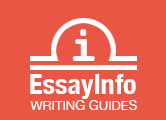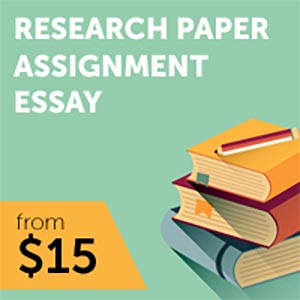Hyphens are joiners. They link words. Use a hyphen to avoid ambiguity or to form a single idea from two or more words: She recovered her health. She re-covered the torn seat. He is a small-business man. He is a foreign-car dealer. Unclear: He is a small businessman. He is a foreign car dealer. Also see guidelines at composition titles, compound words, initial-based terms, race.
Do not hyphenate most compound nouns - two or more words that work together as a noun: Pilot testing is scheduled to begin in May. But consult this style manual or your dictionary for preferred or commonly excepted terms: president-elect, sister-in-law, good-for-nothing.
To avoid ambiguity, use hyphens to link words in compound adjectives (or compound modifiers) before nouns. If you can insert and between the modifying words before a noun and make sense of the new construction, you do not have a compound adjective: And would make sense in a sunny, warm day; sunny, warm is not a compound modifier. But and would not work in a well-rounded employee; well-rounded is a compound modifier. Another test: If your sentence would make sense if you reversed the order of the modifying words or even eliminated one of them, don't connect the words with a hyphen.
If two or more consecutive words make sense only when understood together as a single idea modifying a noun that follows, hyphenate that compound adjective: a well-prepared plan, special-interest money, high-frequency sounds, minimum-height requirement, used-record store, 250-square-mile area, 5-ton truck, short-term solution, little-known man, better-qualified woman, long-range plan, know-it-all attitude, pilot-testing schedule.
Leave out hyphens in compound modifiers only when no reader confusion would result from their omission - or if the modifying words are commonly considered as a unit: post office box, high school classes. If necessary, rewrite sentences to avoid stringing together a long, potentially confusing series of modifying adverbs and adjectives before nouns.
Hyphens are unnecessary after already, most, least, less and very and after all adverbs that end in ly: already named manager, most used service, less expensive project, least liked alternative, a very good time, an easily remembered rule, randomly selected addresses. See comma, very.
Do not hyphenate most compound modifiers if they occur after the noun being modified, even if hyphenating them before the noun: The plan was well prepared. The man was little known. The woman was better qualified. His boat is 42 feet long, but He has a 42-foot-long boat.
Here's the form for suspensive hyphenation: The students recommended a 15- to 20-minute break between third and fourth periods.
Hyphenate co- when forming nouns, adjectives or verbs that show occupation or status: co-pilot, co-chairman, co-worker. See prefixes and suffixes and separate entries for the most often used prefixes and suffixes.
A hyphen is not a dash. For example, this organization mail stop, KSC-TR-0824, has hyphens, not dashes.
A hyphen may be used to divide a word at the end of a line, especially to remove large gaps at the end of an adjacent line. Here are some guidelines for hyphenation to aid readability and reduce reader confusion:
- Divide words only between syllables, but don't add a hyphen to a word or phrase that already has a hyphen, such as decision-maker or re-election. Instead, break the word or phrase at the existing hyphen.
- Avoid ending more than two consecutive lines with hyphens.
- Don't hyphenate a word at the end of a line unless you can leave a syllable of at least three characters on both the first and second lines. Avoid dividing words with fewer than six letters.
- Don't divide the last word in a line when the second part of the word would be the only "word" on the second line.
- Don't hyphenate abbreviations, contractions and numbers. Also, don't hyphenate words in headlines and headings.
- Avoid hyphenating proper nouns.
- Don't hyphenate words that jump from one page to another page.
- Avoid hyphenating words that jump from one column to another column or that jump over a graphic image or photo.

